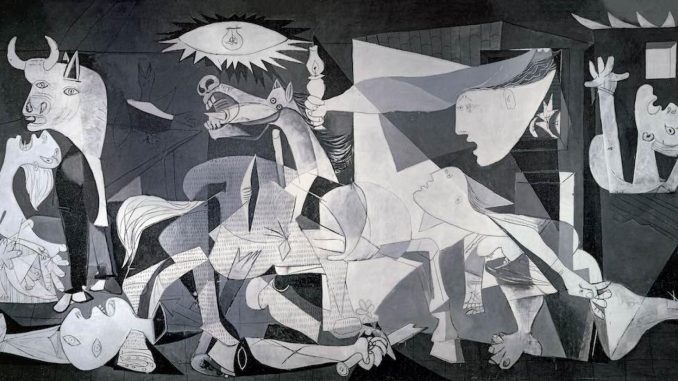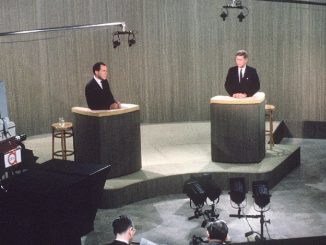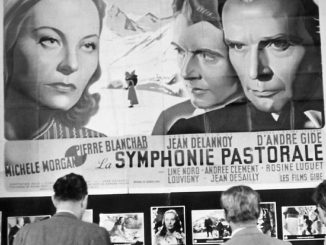
Spanish artist Pablo Picasso’s monumental anti-war mural Guernica is received by Spain after four decades of refugee existence on September 10, 1981. One of Picasso’s most important works, the painting was inspired by the destruction of the Basque town of Guernica by the Nazi air force during the Spanish Civil War.
In 1939, Picasso gave the painting to New York’s Museum of Modern Art on an extended loan and decreed that it not be returned to Spain until democratic liberties were restored in the country. Its eventual return to Spain in 1981–eight years after Picasso’s death–was celebrated as a moral endorsement of Spain’s young democracy.
Early in the Spanish civil war, Spain’s leftist Republican government commissioned Picasso to paint a mural for the 1937 Paris International Exposition. Working in Paris, Picasso read in horror of the April 1937 German bombing of Guernica, a Basque town that had sided with the Republicans against General Francisco Franco’s right-wing Nationalist forces. Guernica was well behind the battle lines, but Franco authorized the attack as a means of intimidating his foes in the region. The attack was later admitted to being an experiment by the German Luftwaffe in carpet-bombing–air raids that targeted civilians and civilian infrastructure. More than 1,000 residents of Guernica were killed in the three-hour attack.
Outraged by the brutality of the act, Picasso seized on the bombing as the subject of his mural, which he completed in just three weeks. The enormous painting, which measures 11.5 feet by 25.5 feet, is a savage indictment of man’s inhumanity to man. Painted in desolate tones of black, white, and gray, the painting shows a gored horse, a screaming mother holding a dead child, a bewildered bull, and other nightmarish images that effectively evoke the horror of war.
Source: History




Be the first to comment